Deer: elegant, beautiful, a sign of nature right outside your door, and the bane of many a gardener’s existence. No tulip is safe from their chomping maws…but there are some flowering plants that are more deer-resistant than others, so before you dive into gardening season, let’s look at some of the prettiest flowers on the Rutgers list of plants that are “rarely damaged” by deer.
Irises
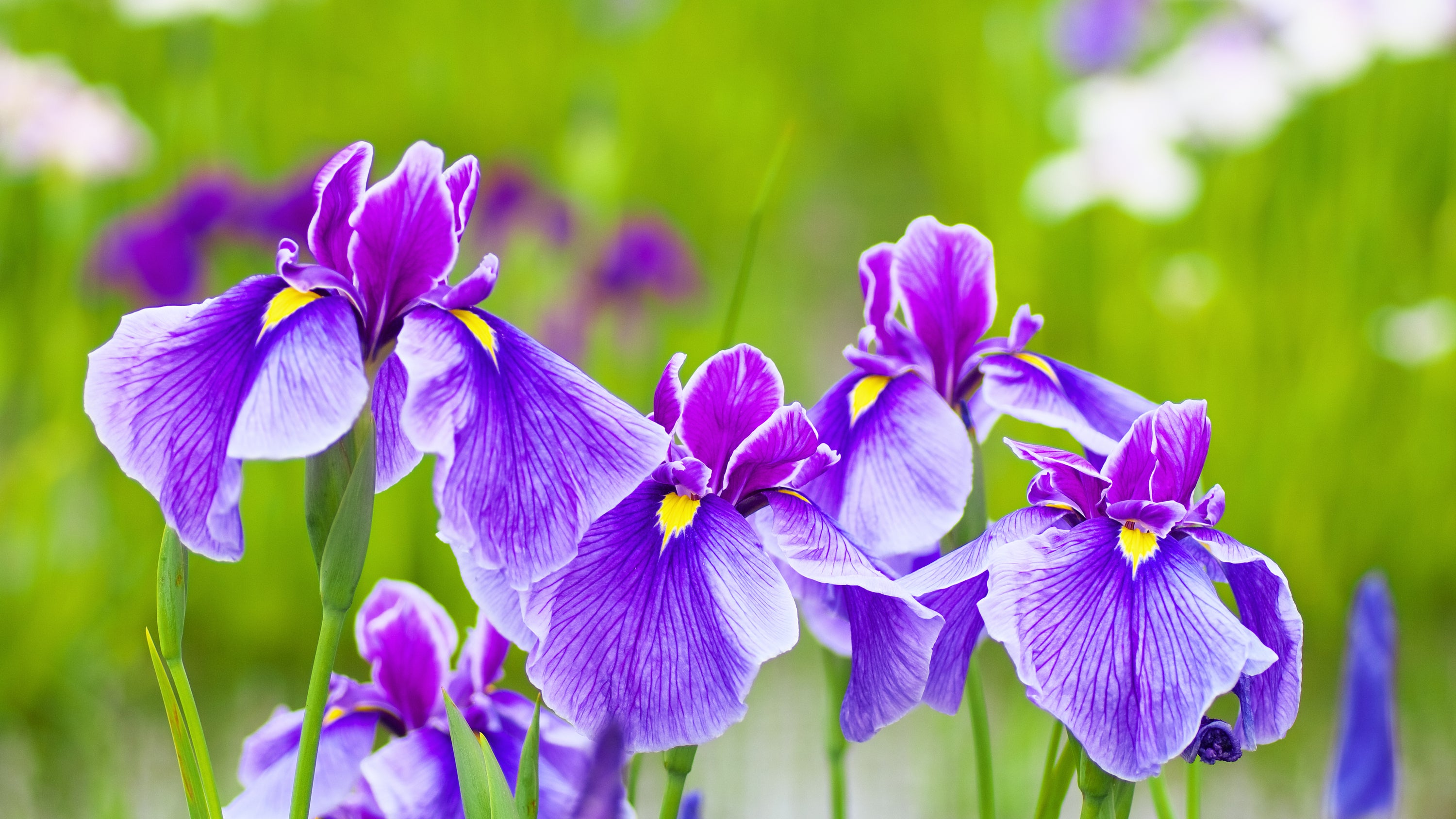
Deer don’t like to eat iris plants, and they’re an easy flower to grow. Buy rhizomes (underground stems) and plant them in summer. They like full sun and good drainage.
Daffodils
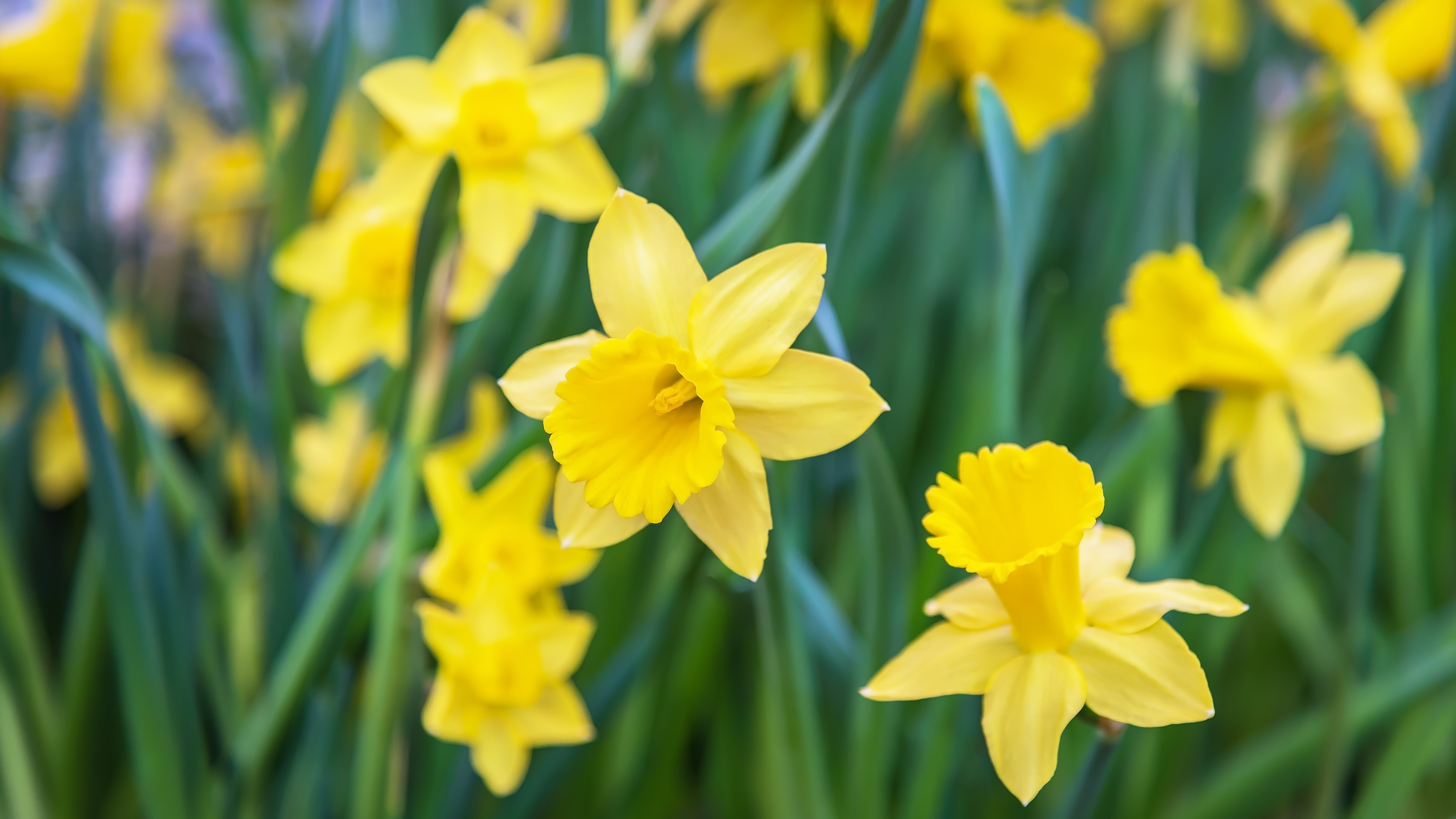
At my house, daffodils and tulips are planted right next to each other. The deer eat the tulips unless we get to them quickly with a deer repellent spray, but the daffodils are always unscathed. Plant these from bulbs in the fall, and enjoy the spring flowers.
Bleeding hearts
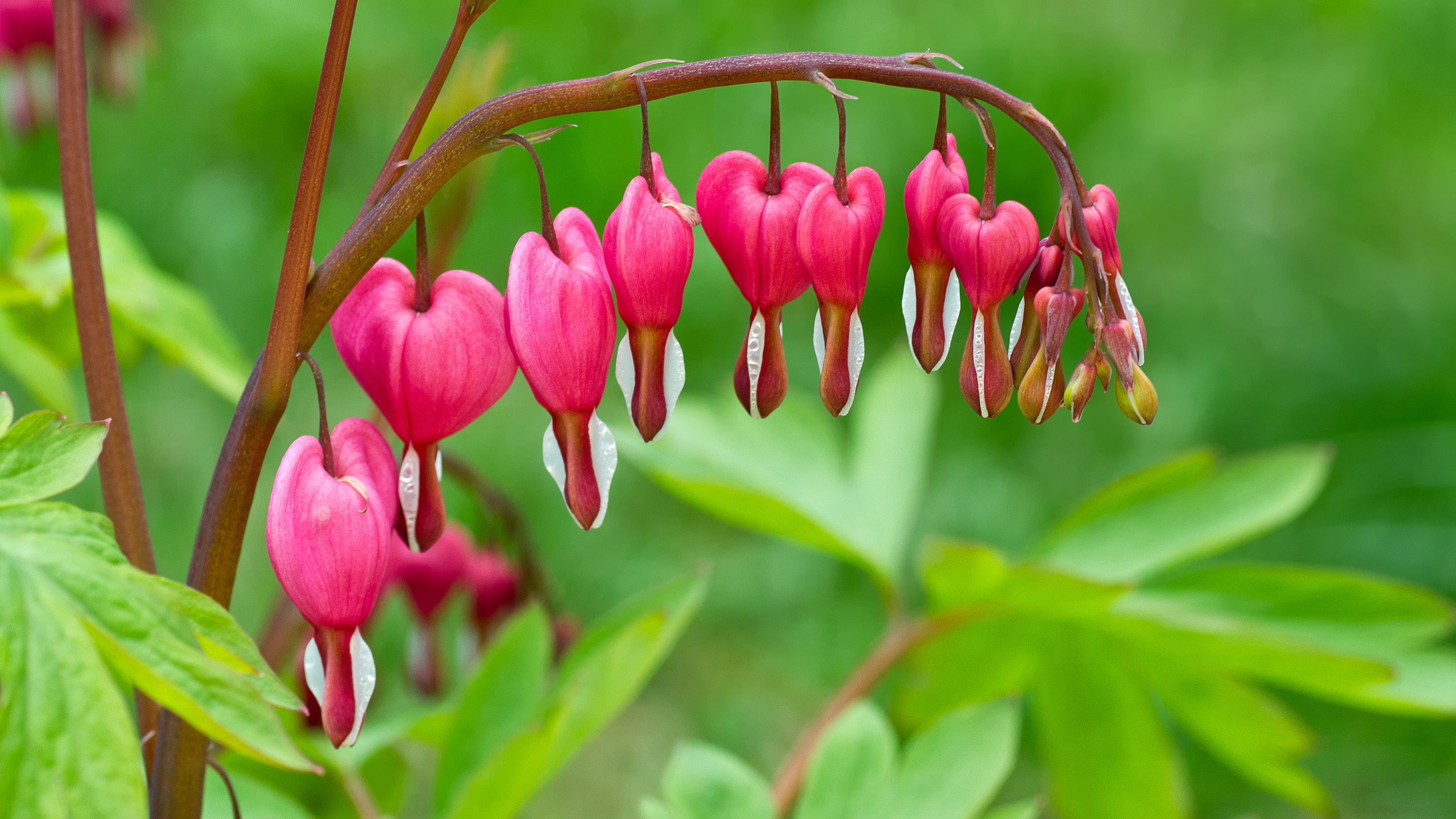
Bleeding heart is a perennial that dies back each year and grows anew in the spring. They flower in the spring and prefer shady or partially shady areas. Deer don’t like ‘em.
Poppies
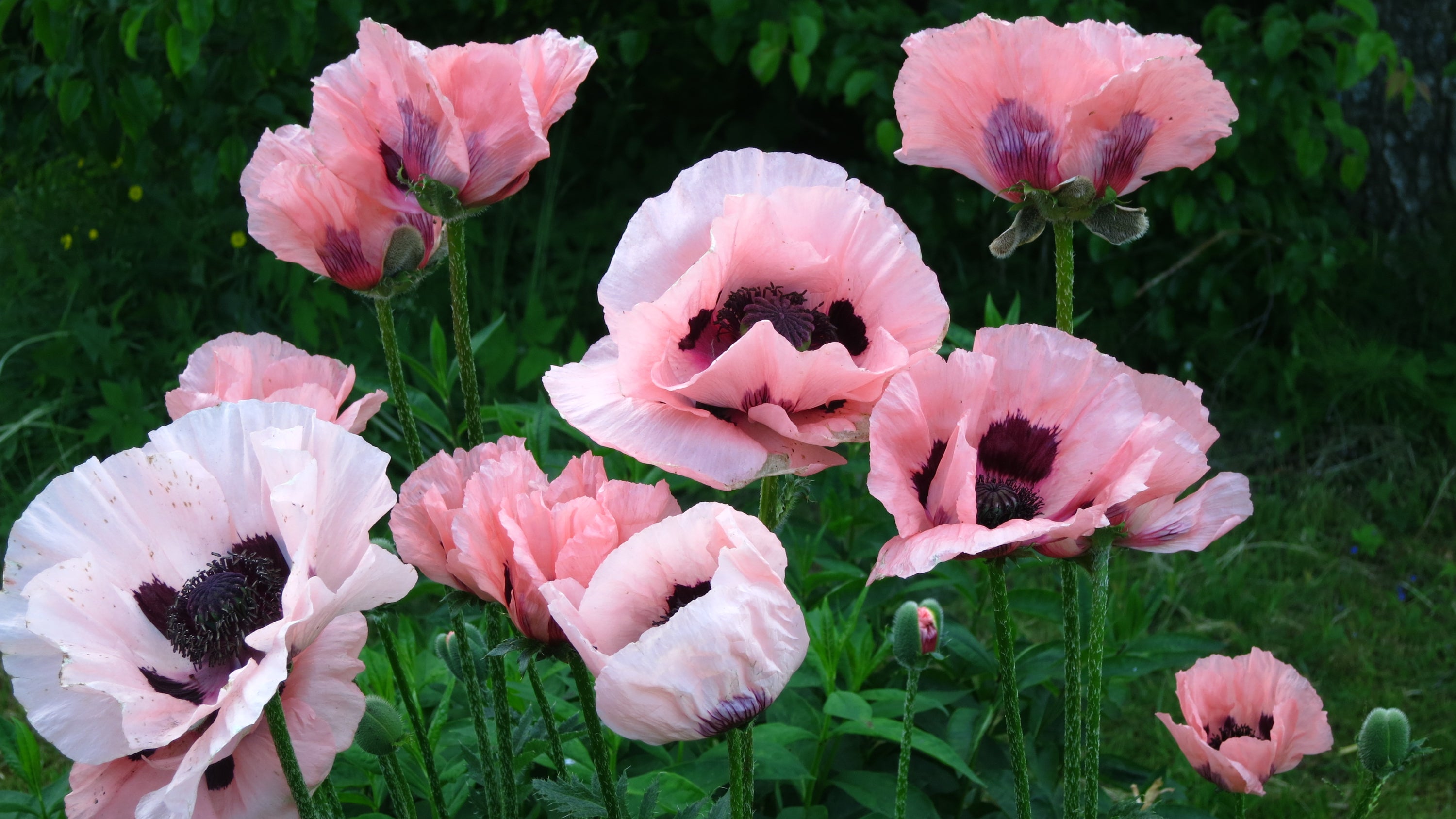
There are several different species of poppy that deer reportedly avoid. Papaver somniferum is the one famously known as the opium poppy, and it’s not always legal to grow (check local regulations), but others, like Papaver orientale, are just as beautiful and just as deer-resistant. Poppies prefer sunny areas and will grow huge, showy, but short-lived flowers in early summer.
Russian sage
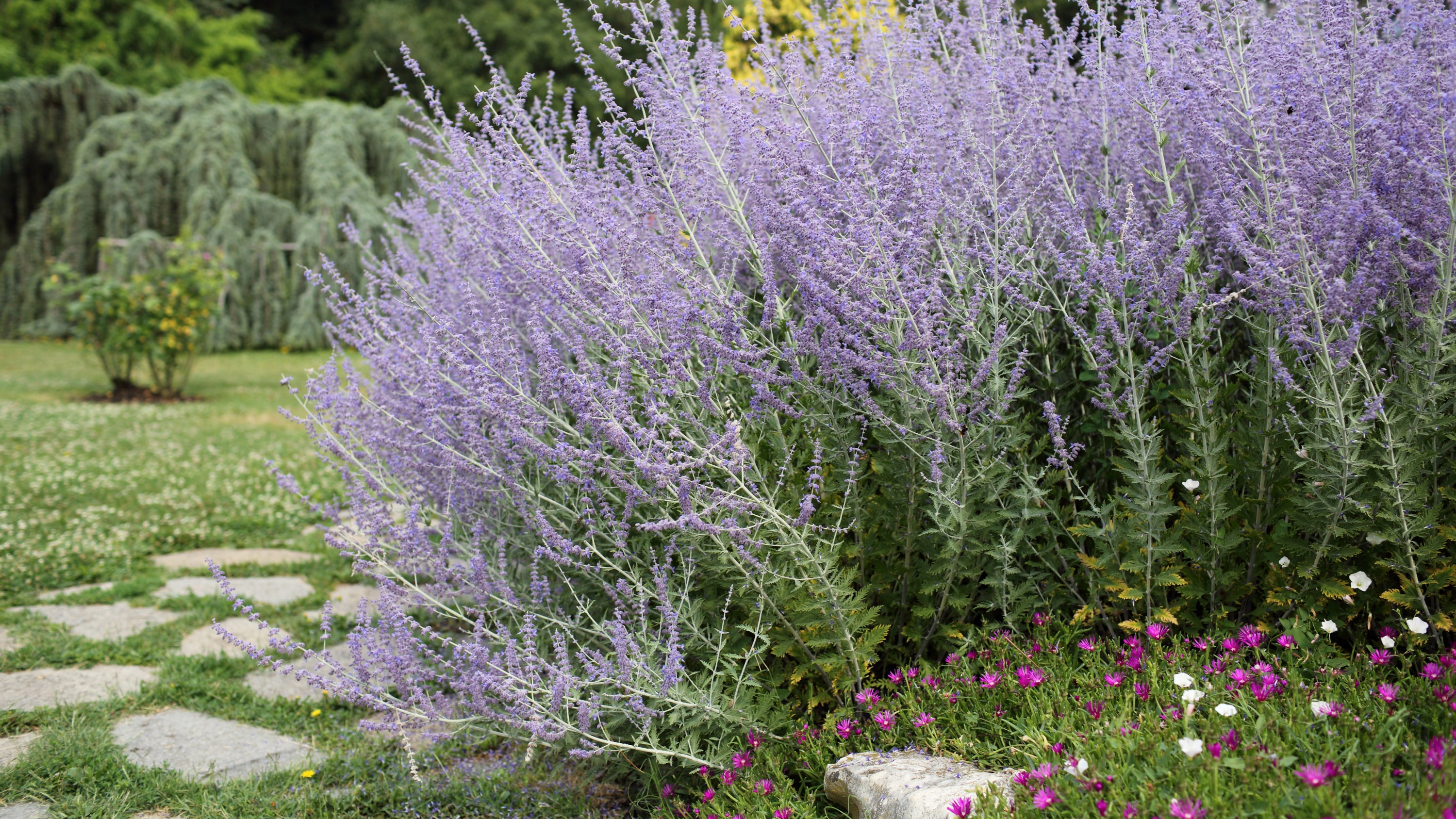
Russian sage looks like a mega-sized version of lavender, with purple blooms that reach waist high. Plant it in full sun, and remember that it likes well drained soil and does well in dry climates — making it a great option for xeriscaping.
Daphnes
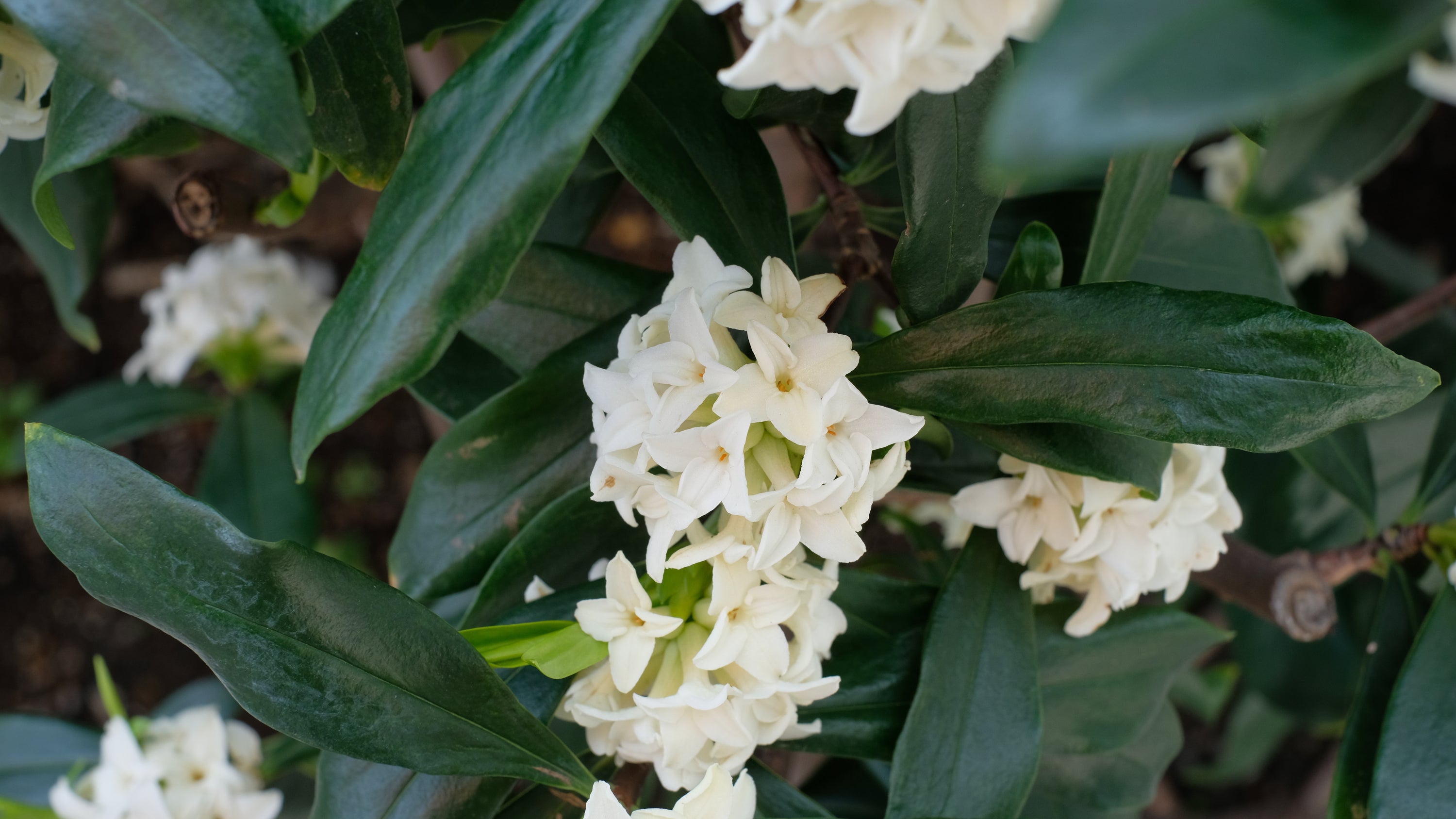
There are dozens of shrubs called daphnes, all of them broadleaf evergreens. (Daphne is an ancient Greek word for laurel, and there’s a myth about a nymph named Daphne who turned into a laurel tree, but these shrubs aren’t closely related.) These shrubs tend to be small, with tiny white or pink flowers. We have one that blooms all summer long and smells amazing. The deer don’t touch it.
Cinnamon ferns
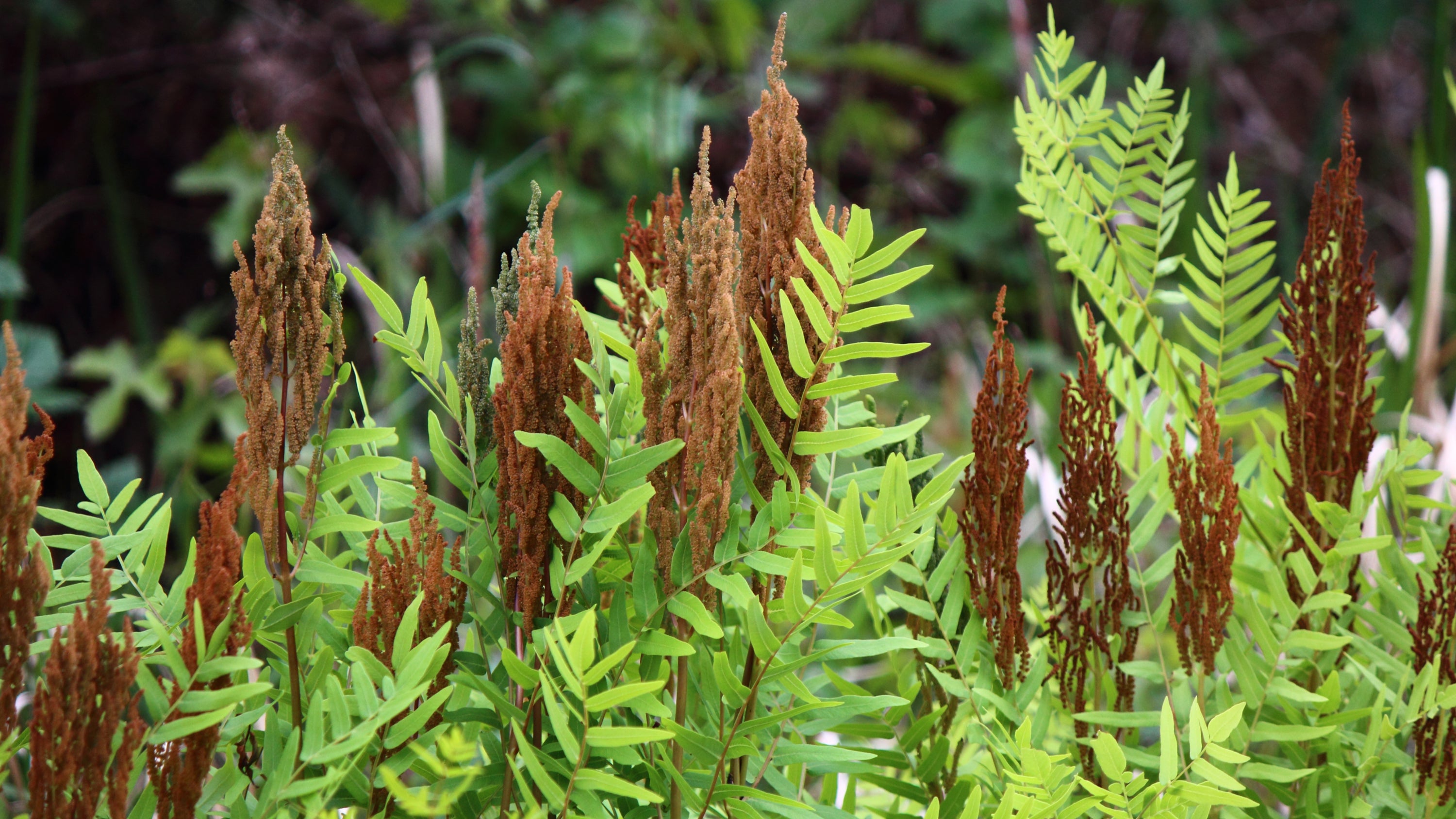
OK, technically this one is not a flower, since ferns are pteridophytes and not angiosperms. But it’s pretty and interesting, and it’s deer-resistant, so I’m including it. This fern has pretty foliage, and in the fall it sends up dry, brown fertile fronds (the fern equivalent of flowers, sort of) that give the plant its name.
Butterfly bushes
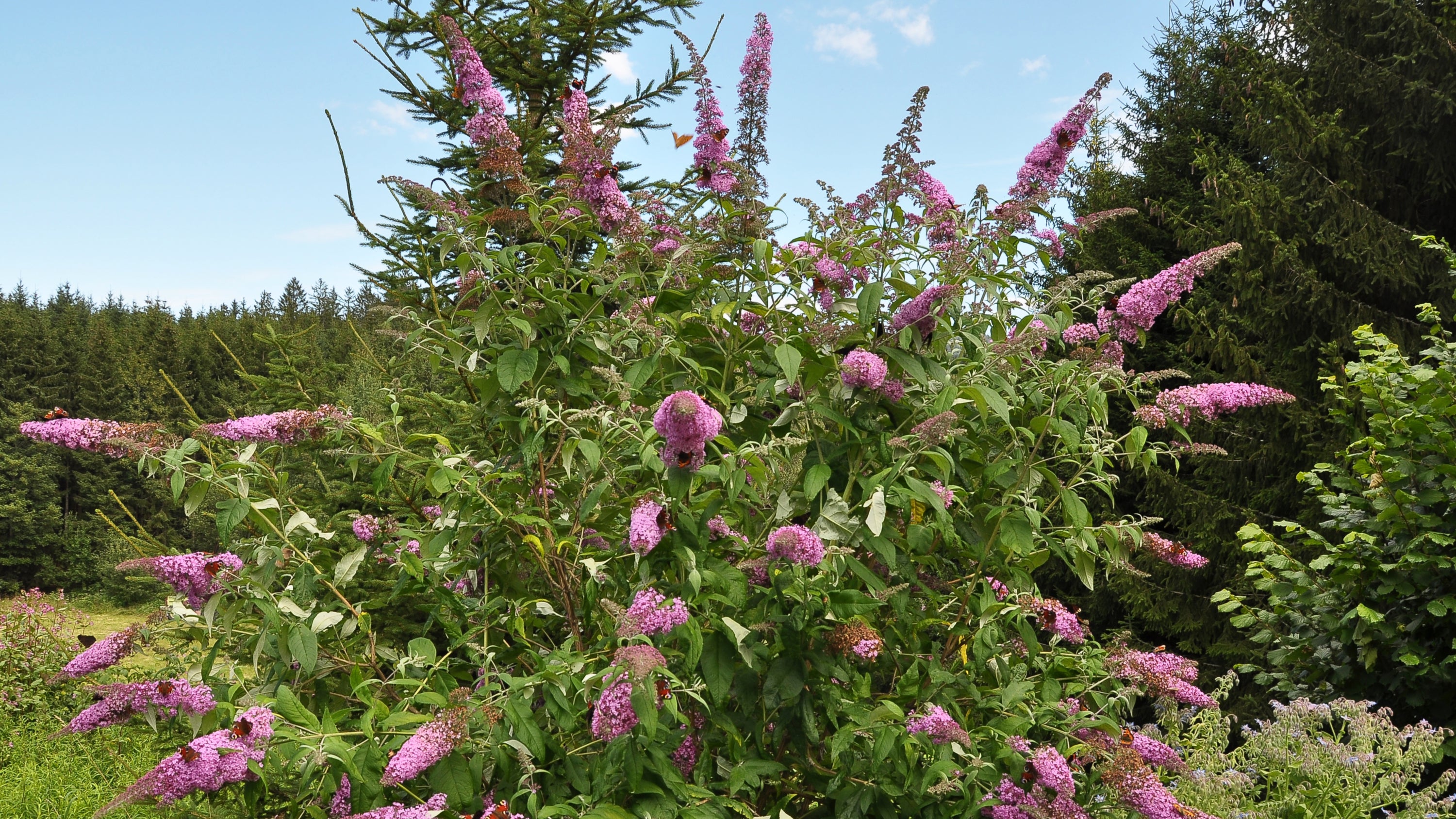
Butterfly bushes grow spikes of usually pink or purple flowers, and just as their name suggests, butterflies love them, but deer don’t. They’re a prime source of late summer nectar for all sorts of pollinators.
Snapdragons
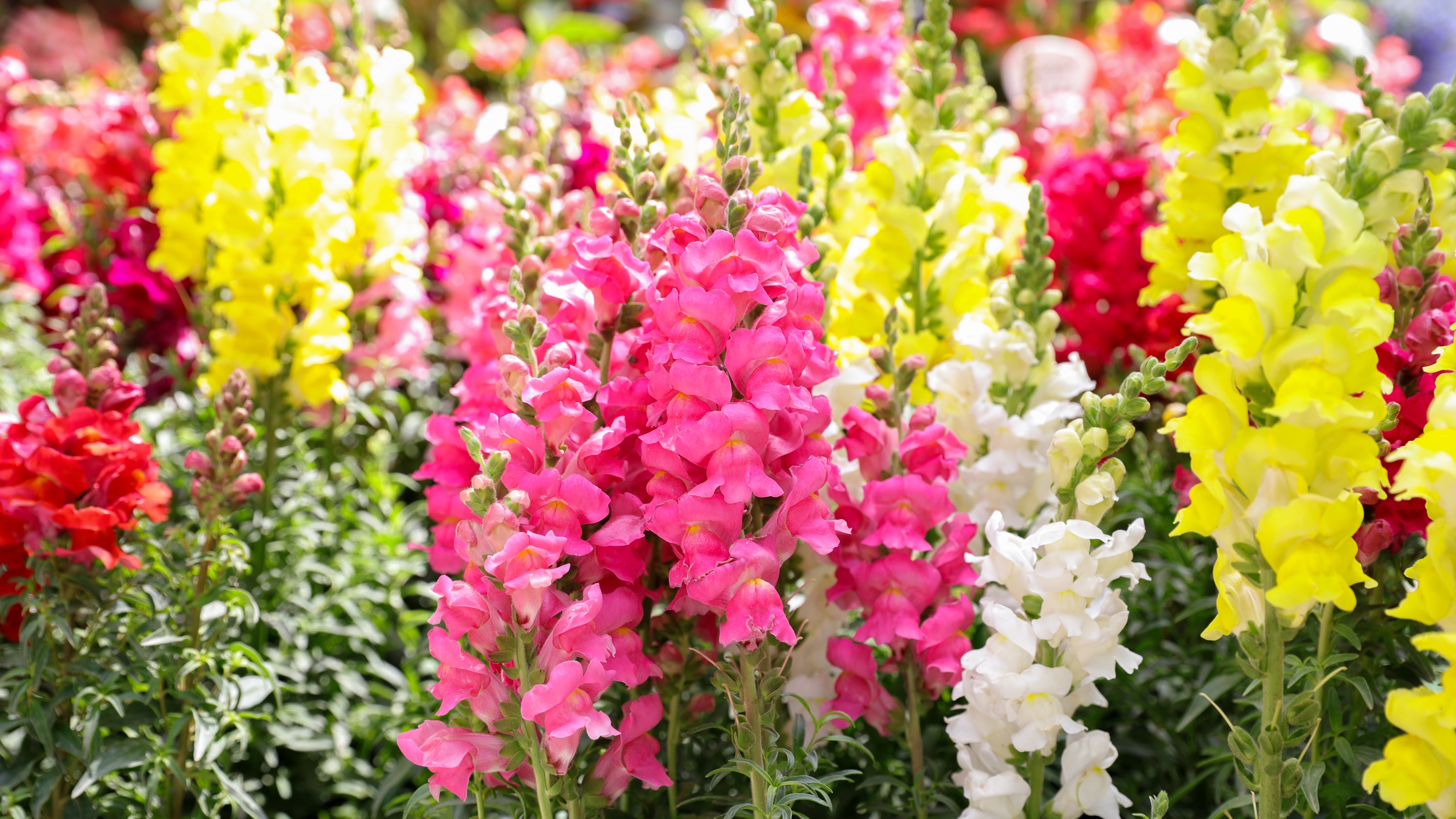
Snapdragons, so named because the bloom looks like a dragon (especially when you pinch the sides to open its mouth, and don’t pretend you’ve never done this) are another deer-resistant bloom that’s not hard to grow. They like full to part sun, and are a perennial in the wild but are usually grown in gardens as if they are an annual.
Peonies
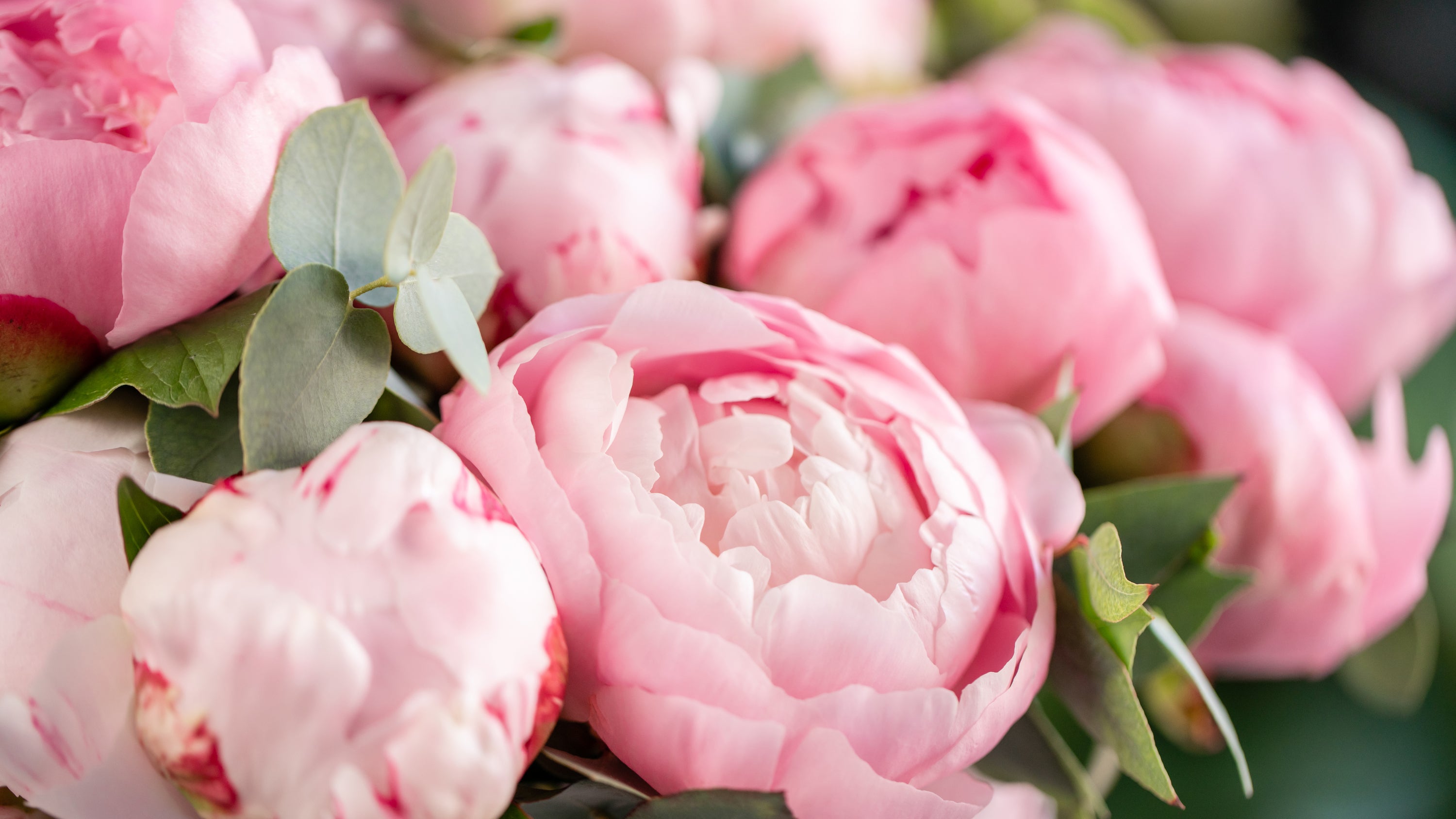
Peonies grow tall stems in early summer with huge, short-lived blossoms. There are herbaceous varieties that die back every year, and “tree” types that don’t fully die back and bloom in late spring. Plant them in a sunny, well-drained spot, and enjoy the deer-resistant blooms year after year.
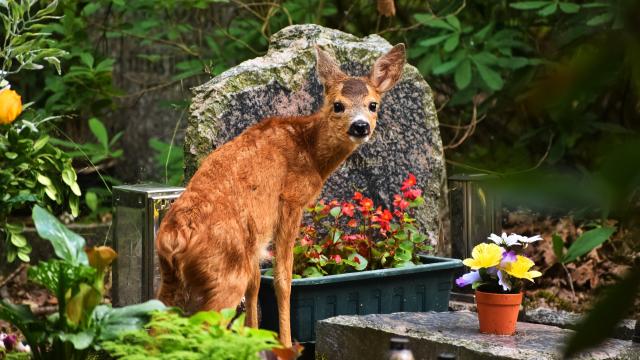
Leave a Reply
You must be logged in to post a comment.